What Is the Big Deal about Saving Watts?
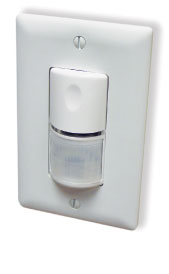
However, there are other factors that can explain the need for reducing electrical energy usage. One is the deteriorating condition of the nation’s and California’s electrical distribution network. Limiting electrical usage will lower the demand on the distribution system and allow for replacement and maintenance of the system components. Also, making residences more energy efficient will make them more economical to heat and cool, which should offset the rising cost of electricity. Another concern is the environment, limiting the need for additional power plants will allow communities to maintain existing open spaces and will lessen the chance of hazardous chemical contamination of the surrounding area.
All of these concerns were recognized by the state of California’s population in the 1970s and steps were taken to provide for future availability of electrical energy.
California Energy Commission
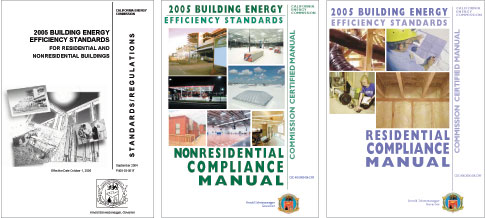
Figure 1. 2005 California Energy Efficiency Standards
The California Legislature passed the Warren-Alquist Act in 1974 that created the California Energy Commission and gave it the authority to develop and maintain energy efficiency standards for new buildings. The California Energy Commission has five major responsibilities:
- Forecasting future energy needs and keeping historical energy data
- Licensing thermal power plants 50 megawatts or larger
- Promoting energy efficiency through appliance and building standards
- Developing energy technologies and supporting renewable energy
- Planning for and directing state response to energy emergency
The California Building Standards Code, California Code of Regulations (CCR) Title 24, contains a Part 6 that covers the energy conservations within the state. The 2005 Building Energy Efficiency Standards has regulations covering all buildings and structures from the single-family residence to the mixed-used high-rise. These regulations cover such varied items as the amount and location of thermal insulation, the type of windows and skylights, the efficiency of appliances, and the type and amount of lighting installed within new and remodeled buildings. There are even lighting regulations addressing outdoor and business signage installations.
The 2005 Building Energy Efficiency Standards and the two related how-to documents, 2005 Residential Compliance Manual and 2005 Non-Residential Compliance Manual, contain many specific and, in some instances, highly complicated regulations. This article is not intended to be a complete guide for designing an energy efficient installation within California. It is intended to identify some of the strategies currently being used within California to reduce the amount of electrical energy usage. Additional information and the actual California documents are available at the California Energy Commission website at http://www.energy.ca.gov/title24/
Residential Saving Strategies

Table 150-C. High efficacy lamp requirements
The basic requirement for residential occupancies is that all lighting shall be provided by luminaires containing high efficacy lamps (see Table 150-C). In residences, this normally means a fluorescent luminaire. The regulations further indicate that an incandescent luminaire with a medium-shell screw-base cannot be retrofitted with a compact fluorescent lamp to meet the high efficacy lamp requirement.
As with any general regulation, there are exceptions, or alternative methods are allowed to meet the requirements. Some of these are listed below:
- In kitchens, it is permissible to have a maximum of 50% of the total wattage provided by luminaires that are not high efficacy. In this case, the largest lamp wattage allowed by the luminaire is used in the calculation;
- In bathrooms, garages, laundry rooms, and utility rooms any permanently installed luminaire that is not high efficacy must be controlled by a manual-on motion sensor. This type of motion sensor is also known as a vacancy sensor because it only operates automatically to turn the luminaires off when the room is not occupied;
- In the remaining areas of the residence any permanently installed luminaire that is not high efficacy must be controlled by a vacancy sensor or by a dimmer with a marked “off” position. This requirement does not apply to portable luminaires that are cord- and plug-connected but does apply to paddle-fans.
Finally, permanently installed luminaires mounted onto the exterior of the residential building or accessory structures that are not high efficacy must be controlled by a motion sensor with integral photo-control. The exception for this requirement applies to swimming pool areas.
As is evident from California’s regulations, the concept is to reduce the amount of energy used but still provide adequate illumination for appropriate tasks. With the advent of more color adjusted fluorescent lamps and compact fluorescent lamps it is becoming more acceptable to the public for the removal of incandescent luminaires from within residences.
Non-Residential Saving Strategies
As with residential occupancies the main concept with non-residential is to use luminaires with high efficacy lamps. However, the usage of fluorescent luminaires for most office environments has been the standard for many years. So, the California energy regulations addresses the amount of illumination that is provided for tasks and also looks at controlling the illumination in areas that are vacant.
The basic regulation concerns the amount of illumination that is provided within a building. This is a calculated value and is obtained in one of two methods. The first method looks at the total square footage of a building and then at the main occupancy of the building to determine the maximum allowable wattage (see Table 146-B). This amount is then compared to the total wattage of all installed luminaires. A compliant installation has total installed wattage either equal to or less than the total allowable wattage.
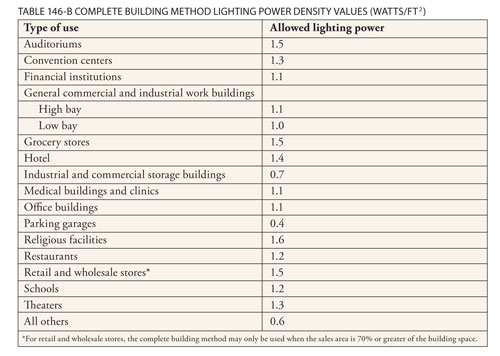
Table 146-B Complete Building Method Lighting Power Density Values (Watts/FT2)
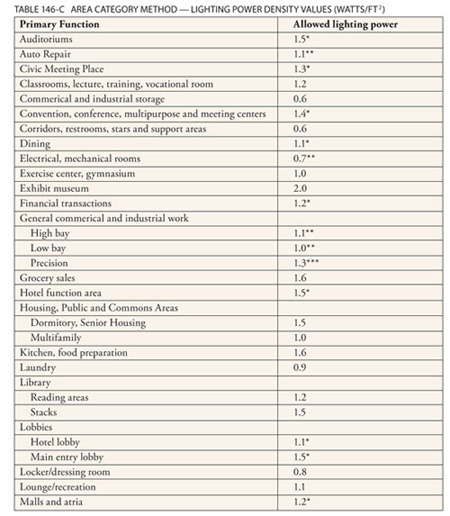
Table 146-C.
The second method looks at the usage of individual areas of a building and calculates total allowed wattage as a summation of the allowable wattage for each individual area (see partial Table 146-C). This method lends itself to doing remodels and additions to a building, as only the area affected needs to be calculated. Again, the total installed wattage must be equal to or less than the calculated allowable wattage.
Now that the number of installed luminaires is calculated, the energy regulations look at controlling those luminaires in various ways. The concept behind the controlling of the luminaires is to turn off those luminaires in vacant areas and reduce the amount of illumination in those areas receiving natural illuminations. This is accomplished by the using one of the methods listed below:
- Providing two or more switches in areas 100 square feet or larger for the reduction of the illumination by fifty percent;
- Providing daylight sensors in those areas next to windows or beneath skylights;
- Providing motion sensors to turn off illumination in non-occupied areas;
- Providing lighting controls with over-ride capabilities to turn off illumination when the building is not occupied.
Again, the energy regulations allow exceptions or alternative methods to address specific requirements. These exceptions cover items such as egress, security or night lighting for safety and the need for higher illumination in specific task areas.

Table 10-114-A
Outdoor illumination is also covered by these energy regulations. Again, a calculation is required to determine maximum allowable wattage and is then compared to installed wattage. In this instance, the allowable wattage is a function of the type of outdoor setting (see Table 10-144-A). The selection of the proper lighting zone is then used to calculate the allowable outdoor wattage using Tables 147-A or 147-B. There are also alternative methods to provide for specific applications.
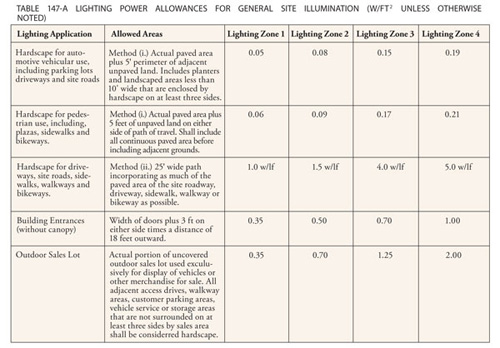
Table 147-A

Table 147-B
The over-arching concept with non-residential occupancies is to allow sufficient illumination for the task at hand but to limit the waste from leaving the illumination on in areas that are not currently being used or that are being illuminated by natural daylight.
Where Do We Go From Here?
California’s energy regulations have taken great steps towards the reduction of waste in electricity usage. However, as with everything in today’s society, more can be done. There are new illumination devices that are coming into the marketplace such as light-emitting diode (LED) luminaires. Controls are constantly becoming more user-friendly and are specializing more in the control of luminaires. People’s awareness for the need for conservation is increasing. Business has a heightened awareness that reducing wattage and limiting usage results in lower electricity bills, which affects the bottom-line in today’s tightening economy. All of these factors contribute to California’s goal of reducing waste. Thus, the California Energy Commission is currently in the process of revising the California Energy Efficiency Regulations to tighten those areas where waste is still occurring. So, stay tuned for further details and remember: The last one to leave, please turn out the lights.







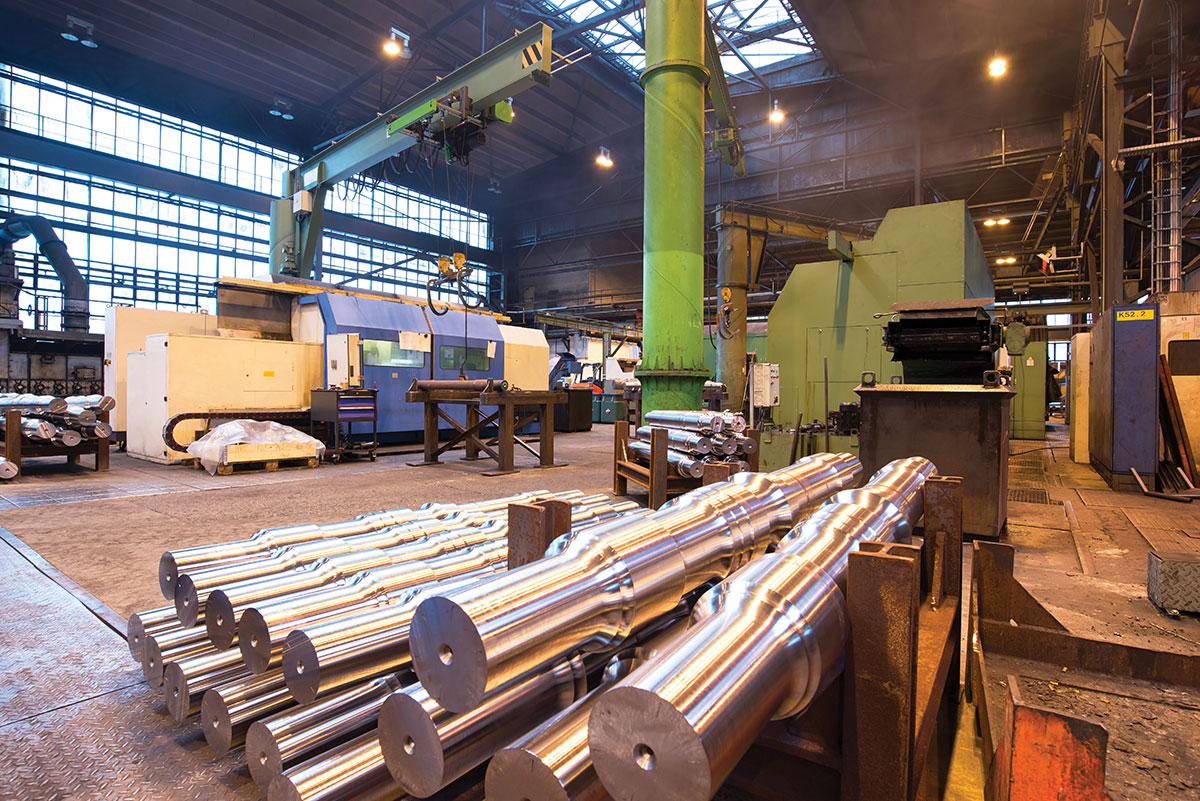

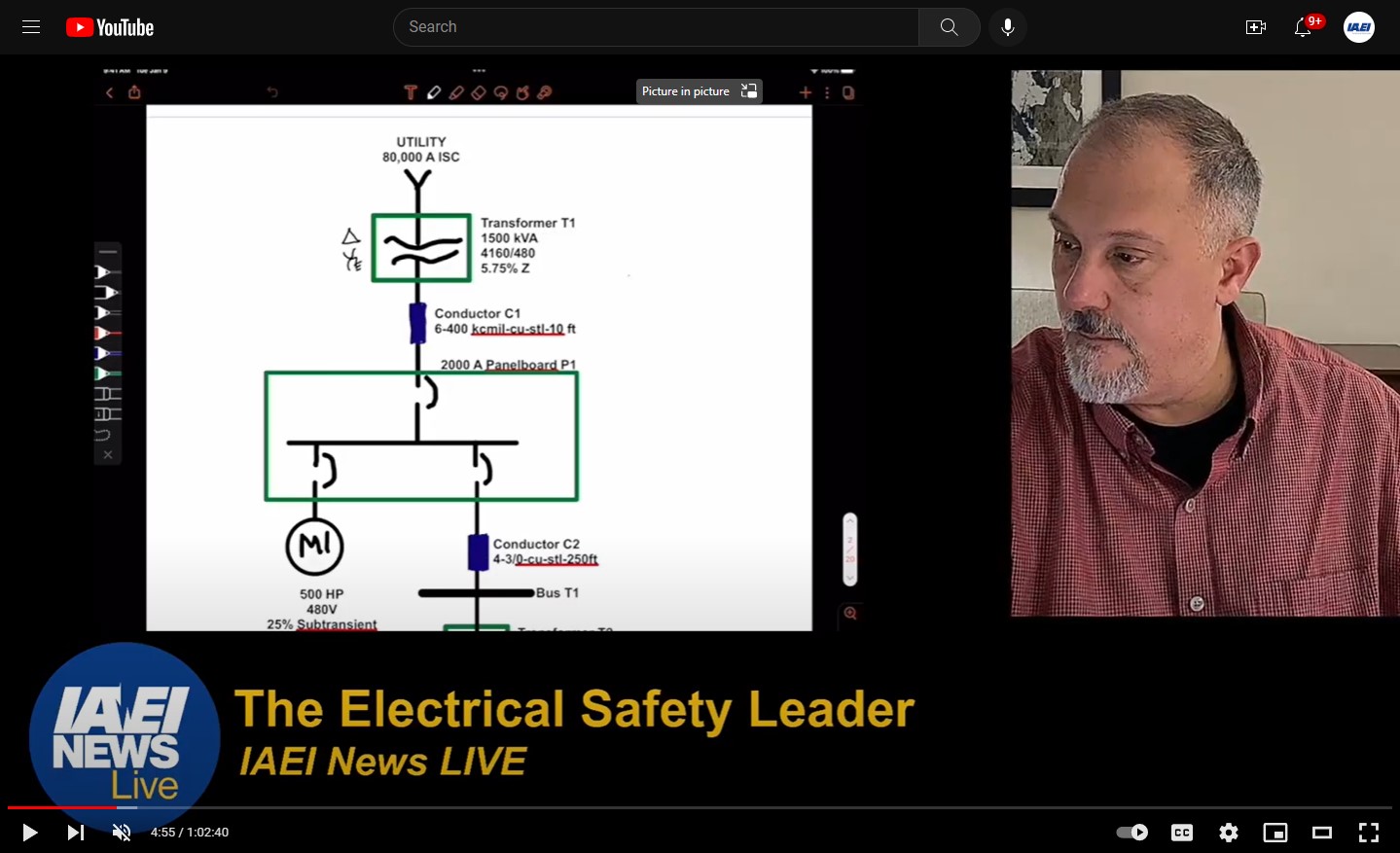
Find Us on Socials